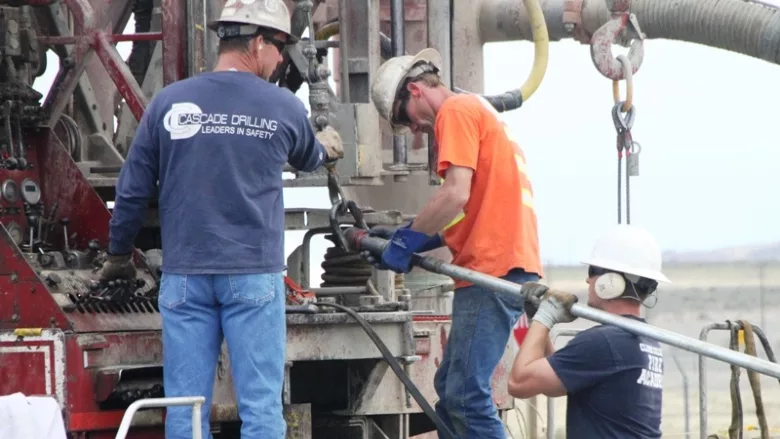Hiring Drillers? Try Using Your Company’s Own Data
‘Predictive Analytics’ Can Help Contractors Make the Right Hires

Do people at your company joke that the hiring criteria are a CDL and a pulse? Maybe you need to put your data to work on smarter recruitment.
Source: Getty Images
In today’s hyper-competitive labor environment, drilling companies find themselves more inclined to hire anyone available that satisfies even a small portion of the job description. This can result in hiring decisions that lead to low engagement among employees and, ultimately, lower tenure with the company. So, how do we combat this?
We must avoid the trap of hiring anyone who can do the job and instead hire individuals who should do the job.
This is where predictive analytics should come into play. Predictive analytics, in this case, considers historical data and trends (in this case, related to your hiring process and previous hires that you’ve made), and use that data to drive future decision-making.
Source of Applicants
Dozens of different metrics and analytics can help you make better-informed hiring decisions. One of the most common is the source of applicants. Many organizations consider source of applicants when allocating funds within their recruitment budgets. Companies often believe that whatever source produces the most hires should receive the most recruitment money. Keep in mind, though, that while a high volume of applicants is great we should always strive for quality over quantity.
A source producing a high number of applicants may very well be worth the investment. But, out of those applicants, what percentage of them moves forward in your hiring process? More importantly, how many applicants from that source are hired? It doesn’t stop there. As you look back at hires made from that source over the past year, how many still work for your company?
As you can guess from the above example, considering historical data about your top source of applicants and top source of hires allows you to make better-informed decisions about which sources to invest in. This helps ensure you’re not just making hires, but the best hires possible.
High-Potential Employees
Another method for using predictive analytics to make quality hiring decisions involves evaluating your existing high-potential employees. Various solutions on the market today can help companies create an “ideal candidate profile” — often based on high performing employees in hard-to-fill positions.
Gathering this information allows you to create an “ideal profile” that aids your recruitment team in screening for candidates better aligned with the role.
Take the role of driller as an example. Companies could identify up to five top-performing drillers and have them complete a tailored assessment. The types of assessments, as well as the analytics they provide, can vary greatly. Ensure the assessment you pick captures the soft skills, traits, personalities and other key performance indicators commonly found among top-performing employees. Gathering this information allows you to create an “ideal profile” that aids your recruitment team in screening for candidates better aligned with the role. Those same candidates have a greater likelihood of success in the position.
Labor Forecasting
If you haven’t spent much time thinking about what positions might be vacant in the next month, quarter or year, it’s a good idea to consider implementing this type of planning at regular intervals. Unsure where to start with a labor forecasting exercise? Consider reviewing your employee headcount numbers for the past year or two. This can give you a good idea of trends, as well as any seasonal peaks or shifts.
Compiling predictive analytics related to your labor forecast is also one of the most useful ways to set measurable goals and targets for your recruitment team and business leaders. Labor forecasting should consider current equipment usage, existing employees and the utilization of those employees, and the predicted turnover rate month over month, year over year.
Closing
Check out more business tips for drilling contractors
Remember, using predictive analytics in your recruitment and hiring process isn’t an exact science. While these analytics will help improve your team’s decision-making around hiring, they won’t serve as a foolproof strategy for preventing bad hires. However, by incorporating predictive analytics into your recruitment process, you’ll guide your company’s recruitment strategy to be more proactive and tailored to your organization’s needs.
Looking for a reprint of this article?
From high-res PDFs to custom plaques, order your copy today!






